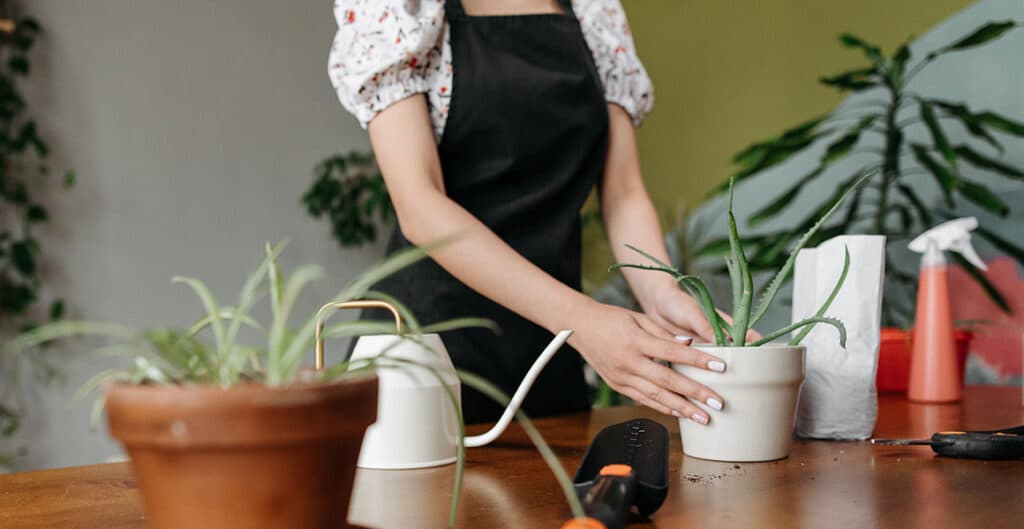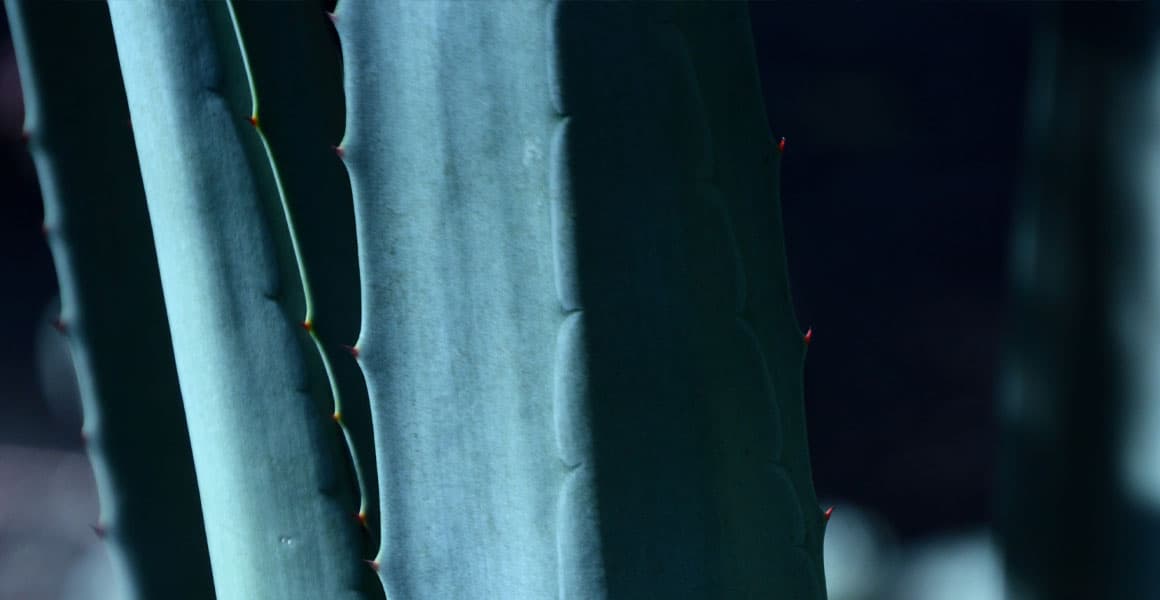Aloe vera plants are not only visually appealing but also offer a host of medicinal and skincare benefits. With their succulent leaves and unique rosette shape, these plants are easy to care for and make a stunning addition to any indoor or outdoor space. In this article, Lupo will provide you with a comprehensive guide on how to properly care for your aloe vera plant, ensuring it remains healthy, vibrant, and beautiful.
Light and Placement
Aloe vera plants thrive in bright, indirect light. Place them near a sunny window where they can receive several hours of indirect sunlight each day. Avoid exposing them to intense, direct sunlight, as it can cause sunburn and damage the leaves. If growing them outdoors, provide partial shade during the hottest parts of the day.
Watering
Aloe vera plants are succulents, meaning they store water in their fleshy leaves. As a result, they are highly drought-tolerant and prefer infrequent watering. Allow the soil to dry out completely between waterings and then thoroughly saturate the soil, ensuring excess water drains out of the pot. Overwatering can lead to root rot and other problems, so it’s essential to strike a balance and avoid keeping the soil constantly wet.
Soil and Potting
Use a well-draining soil mix specifically designed for succulents or cacti. Aloe vera plants prefer soil that allows excess water to drain away quickly, preventing the roots from sitting in soggy conditions. Adding perlite or coarse sand to the soil mix can enhance drainage. Ensure the pot has drainage holes to prevent waterlogging.

Temperature and Humidity
Aloe vera plants prefer warm temperatures between 15°C – 27°C (60°F and 80°F). They can tolerate slightly cooler temperatures but are sensitive to frost. Protect them from freezing temperatures, especially if grown outdoors. Aloe vera plants are adaptable to average household humidity levels, but they appreciate a slightly drier environment.
Fertilization
Aloe vera plants are not heavy feeders, but they can benefit from occasional fertilization during the growing season. Use a balanced, water-soluble fertilizer specifically formulated for succulents or cacti. Apply the fertilizer sparingly, following the instructions on the packaging. Avoid overfertilizing, as it can lead to excessive growth and weaker plants.
Pruning
While aloe vera plants don’t require extensive pruning, occasional maintenance can help keep them tidy and encourage new growth. Trim off any dry or damaged leaves using clean, sharp scissors or pruning shears. Remove spent flower stalks to redirect the plant’s energy toward foliage growth. Pruning also helps maintain the plant’s attractive shape.
Propagation
Aloe vera plants are relatively easy to propagate. They produce “pups” or offsets around the base of the plant. To propagate, gently separate the pups from the mother plant and allow the cut ends to callus over for a day or two. Plant the pups in a well-draining soil mix and follow regular care guidelines. Soon, you’ll have new aloe vera plants to enjoy or share with others.
Caring For Aloe Vera Plants Conclusion
Caring for your aloe vera plant is a rewarding experience. By providing the right light, watering sparingly, using well-draining soil, and practicing proper pruning, you can maintain a healthy and beautiful plant.
Remember to avoid overwatering and protect the plant from extreme temperatures.
With a little attention and care, your aloe vera plant will thrive, offering you its soothing gel and adding a touch of natural beauty to your home or garden.
